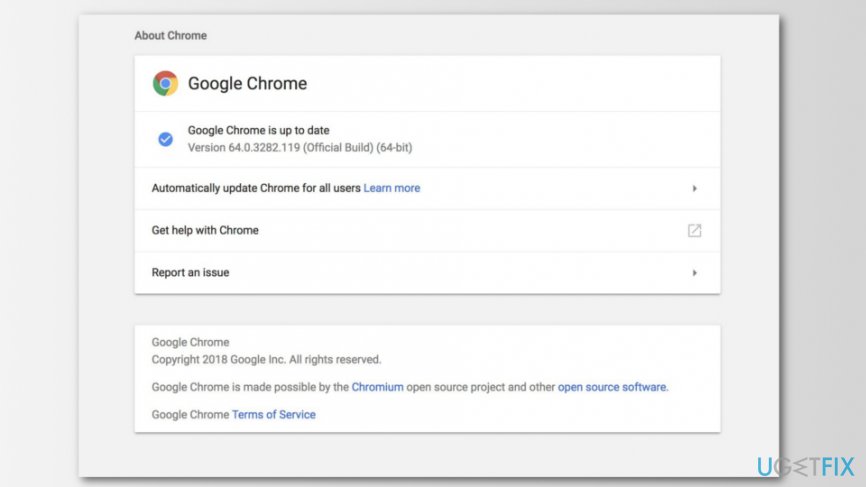

- #Chrome updates for mac how to
- #Chrome updates for mac for mac
- #Chrome updates for mac mac os
- #Chrome updates for mac update
~/Library/Google/GoogleSoftwareUpdate/GoogleSoftwareUpdate.bundle/Contents/Resources/GoogleSoftwareUpdateAgent.app/Contents/Resources/install.py –uninstall Type the following code into the terminal windows.
#Chrome updates for mac update
Please follow the instruction below to disable it 🙂Ġ1 Method – Uninstalling Google Chrome Update Software It’s very easy to disable auto-update function on Mac operating system.
#Chrome updates for mac mac os
We answer your questions within 24-48 hours (Weekend off).Ĭhannel: If you want the latest software updates and discussion about any software in your pocket, then here is our Telegram channel.If you are struggling to turn off the Google Chrome Automatic Software Update on Mac OS X, you found a right place to resolve the issues. You may also use our social and accounts by following the Whatsapp, Facebook, and Twitter for your questions. Our Contact: Kindly use our contact page regards any help. Want to add an alternate method: If anyone wants to add the more methods to the guide Disable Google Chrome Automatic Software Update on Mac, then kindly contact us. Misinformation: If you want to correct any misinformation about the guide “Disable Google Chrome Automatic Software Update on Mac”, then kindly contact us. Disable Google Chrome Automatic Software Update on Mac Guide is free?ĭisable Google Chrome Automatic Software Update on Mac Tutorial: final noteįor our visitors: If you have any queries regards the Disable Google Chrome Automatic Software Update on Mac, then please ask us through the comment section below or directly contact us.Įducation: This guide or tutorial is just for educational purposes. Once Google Software Update has downloaded the latest version of Chrome (or other Google apps) to the Mac, the processes will stop and CPU usage should return to normal. Often this is also accompanied by a peak in the ‘lsof’ process. Many Mac users notice this when a process called ‘Google Software Update’ starts running in the background, which is a spin on some Macs.up from fans or a spike in CPU usage while the updater cycles through itself, downloads a new version of Chrome and keeps it ready to install. What is discussed in this article relates to the “Google Software Update” process itself, and changing the update interval affects how often that process runs. “Google Software Update” is the utility that runs in the background that allows Google Chrome and other Google products to automatically update themselves to the latest version. What is the “Google Software Update” process on the Mac?

The number at the end is the number of seconds between version check intervals, 18000 is the default setting, but if you want to be more or less aggressive, select a higher or lower number.Īs mentioned earlier, it is generally recommended for maintenance tip to keep automatic updates turned on for all applications, including Chrome.
#Chrome updates for mac how to
If you are tired of dealing with manual updates, you can easily turn it back on: How to Re-enable Google Chrome Auto Updates on Mac The easiest way is to just download the latest version of Chrome from the website, but you can also start the update process from the command line by following the steps below: Now that you’ve turned off Chrome’s automatic updates, you’ll want to update them manually. Manually update Chrome after automatic update disabled on Mac So if you turn off Google automatic updater all related Google apps will no longer check for updates or update themselves, you have to do this yourself. Note that not only Google Chrome is updated this way, but other Google products on the Mac are also updated through the same utility, including Google Earth. Sometimes users will also find those “.plist” items in the user’s Library folder. Library/Google/GoogleSoftwareUpdate/Library/LaunchAgents/.plist/Library/Preferences/.plist/Library/Caches/
#Chrome updates for mac for mac
Google Chrome also has a launch agent for Mac and other auto-update items called “.plist”, which is usually located in the following locations:


 0 kommentar(er)
0 kommentar(er)
